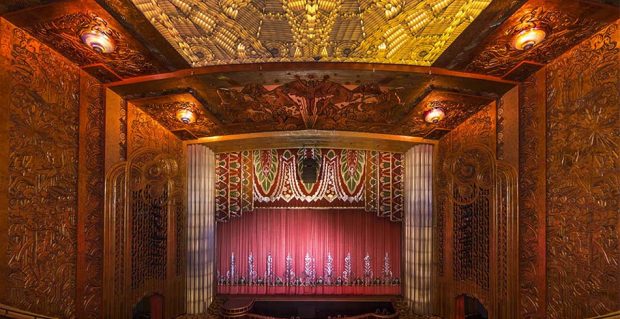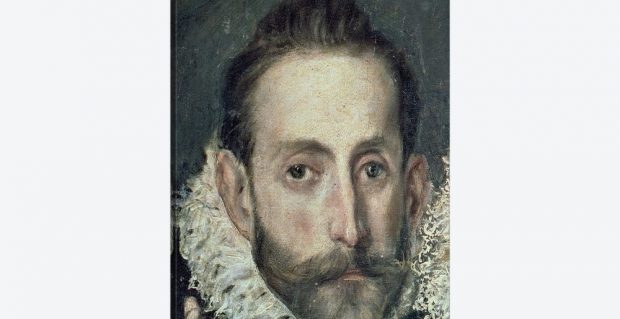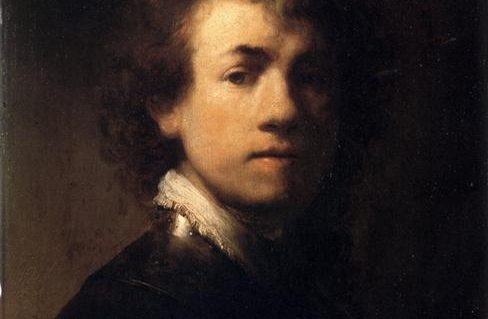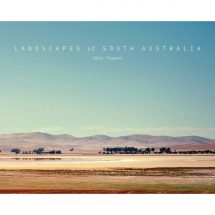Category Archive: ART
This is a Robbery
(The World’s Biggest Art Heist) (Directed by Colin Barnicle) (Netflix, 2021) The documentary tells (at Dickensian length) an intriguing story: how in 1990 two men dressed as Boston police officers were admitted to the elegant and boutique Isabella Stewart Gardner Museum, in dead of night, tied up the two slipshod guards and stuck them in a basement area, and helped themselves, in a leisurely fashion, to 13 artworks, several of them priceless (to use an old cliché). SPOILER ALERT: We have to plough through 4 episodes to learn that, $10m reward notwithstanding, the works have not been recovered, nor anyone…
Continue Reading →Art Deco

What a Waste The Burial of Art Deco (With apologies to T. S. Eliot) Art Deco is the cruellest style, breeding High tech out of a dead hand, mixing Memory and elegance, stirring Dull wood with sprightly lacquer. Opulence kept us warm, covering Earth in sleek geometric stylized forms, A magpie greed with décoratifs. Le Corbusier surprised us, waging war on decor* With its many forms and guises; we stopped in the colonnade, And went on in sunlight, into midtown Manhattan And drank coffee, and talked for an hour. “The elegant display of surplus labour in privileged objects.”** And when…
Continue Reading →Much More Than Scenery
Landscapes of South Australia by Alex Frayne (2020) The Varnished Culture has hitherto grudgingly conceded photography as an art; this sumptuous volume has fully convinced us. Over 200 pages of beautiful photographic plates, in brilliant, vibrant tints or tasteful, crisp black-and-white, this is a book for a bedside table, not a coffee table. If one is fortunate to live in South Australia, it fires the imagination and galvanizes the traveller to breathe the immense and often desolate beauty of the State, especially in these days of border-hopping restrictions; for those of us who regard camping as akin to a root…
Continue Reading →El Greco

(Doménikos Theotokópoulos,1541-1614) The master of iridescent, intense, orogenic paintings, rocketing up to a boiling grey sky – so high the artist seems to want us to genuflect whilst viewing, preferably in dread as well as admiration. Filled with preternatural radiance and colours and sinuous, writhing, stretched bodies that eerily crowd his paintings, spurning conventional balance of framing, this singular genius and his dramatic and expressionistic style was first fêted, then ignored, then disparaged, then re-discovered. From Crete to Venice to Rome to Holy Toledo, ‘El Greco’ was influenced by Italian masters such as Titian, Veronese and Tintoretto (who also used clay…
Continue Reading →Rembrandt

(15 July 1606 / 7 – 4 October 1669) A man from Leiden sallied forth, Though plain of face, he ventured north; From callow youth to grand old age He shows himself at every stage, An autobiography in paints Along with sundry sinners and saints. [His light and shade: His stock in trade: Full in control Of workings of the soul – And mysterious light: Enigmatic sight: All of human thought In his canvas caught.] After long life, after his last breath, He was a pauper at the death, Forgotten then his splendid skill And the phosphorescent thrill Viewing the…
Continue Reading →


